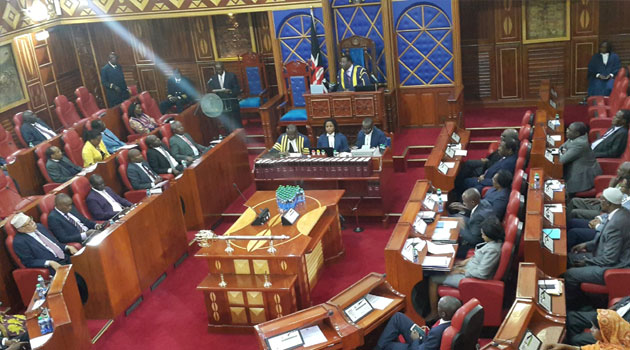midtoad.org – Kenya, a country with a rich tapestry of cultures and a pivotal role in East African politics, has been navigating a complex political landscape since its independence in 1963. The journey towards democracy and governance has been marked by significant milestones, challenges, and transformations. This article delves into the intricacies of Kenya’s political environment, examining the progress and hurdles encountered in the pursuit of a stable and democratic society.
Historical Context
The roots of Kenya’s political landscape can be traced back to the colonial era, which laid the foundation for the country’s political structures. Post-independence, Kenya’s political scene was dominated by the Kenya African National Union (KANU), which governed as a de facto one-party state until the reintroduction of multiparty politics in the early 1990s. This period was characterized by political repression and economic challenges.
The Road to Multiparty Democracy
The reintroduction of multiparty democracy in 1991 was a watershed moment for Kenya. It marked the beginning of a new era of political competition and participation. However, the transition was fraught with electoral disputes, ethnic tensions, and political violence, culminating in the post-election violence of 2007-2008.
Constitutional Reforms
The promulgation of a new constitution in 2010 was a significant milestone in Kenya’s political evolution. The constitution introduced a system of devolved government, separating powers among the national government and 47 county governments. This structural change aimed to bring services closer to the people and address historical injustices.
Electoral Dynamics
Kenya’s electoral dynamics have been a central feature of its political landscape. The Independent Electoral and Boundaries Commission (IEBC) was established to oversee free and fair elections. Despite improvements, electoral disputes have continued to pose challenges, as seen in the contested 2017 presidential election and the subsequent repeat polls.
Governance and Leadership
Good governance and effective leadership are cornerstones of a thriving democracy. Kenya has been working to strengthen its institutions and combat corruption, which has been a pervasive issue. The leadership at both the national and county levels plays a crucial role in shaping policies and delivering services to the citizens.
Civil Society and Political Participation
Civil society organizations and the media have been instrumental in advocating for democratic principles, transparency, and accountability. They have played a vital role in mobilizing citizens and holding the government accountable. Political participation has also been enhanced by the active engagement of youth and women in the political process.
Conclusion
Kenya’s political landscape is a testament to the resilience and determination of its people to navigate the complexities of democracy and governance. While significant strides have been made, the journey is far from over. Continued efforts to strengthen institutions, promote inclusivity, and address historical injustices are essential for a stable and prosperous Kenya. As the country looks to the future, it must build on its achievements and learn from its past to ensure that democracy and good governance are not just ideals but realities for all Kenyans.
